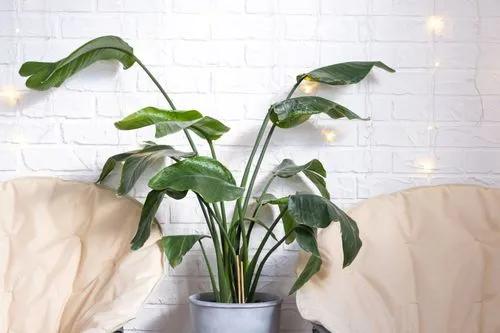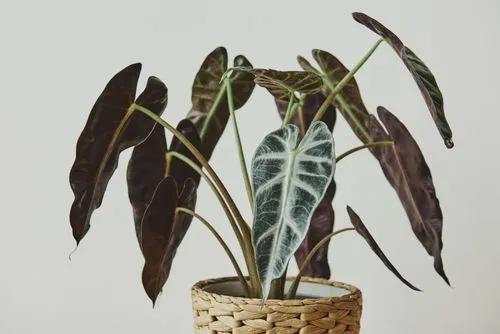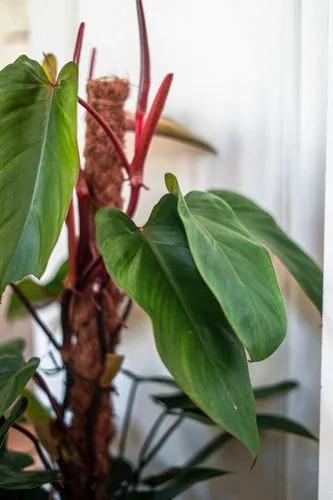Zamia is a palm-shaped, evergreen semi-succulent plant with a bizarre growth form. It is easily recognized by its unique leaves. Zamias spread up to 2 m in diameter.
Cardboard Palm Plant Care
Zamia furfuracea



The natural habitat of Zamia is Mexico. The trunk of adult plants protrudes slightly above the ground, whereas the trunk of young plants is completely hidden. Gray or blue-green stems bend down to the ground, making a fluffy spherical shrub. The stems are 3 to 4 feet long (1-1.5 m). The leaf blades are pinnate, elongated, and leathery, with visible veins on the reverse side. They are little more than 8 in (20 cm) long (no more than 2,5 in (6 cm) wide. On a single stem, there are 12-14 pairs. The leaves have rusty-brown bristles on them.
How to Care for the Plant

Water

The Cardboard palm plant requires moderate watering. Make sure the top layer of soil does not dry out but don't overfill it, or rot will develop. A lack of hydration is indicated by yellowing and dropping leaves. Water around once a week during the summer, and when the cold weather arrives, water once every 2-3 weeks.

Pruning

The cardboard plant spends a lot of energy on growing leaves; they do not appear and grow simultaneously but develop slowly after each other. Pruning is not recommended because cutting the leaf by 4-8 in (10-20 cm) risks killing the plant.

Fertilizer

During the period of active growth (spring-summer), feed the cardboard plant with complex mineral fertilizers every 20 days. Fertilizing is not needed in autumn and winter.

Sunlight

This plant enjoys the sun and tolerates direct sunbeams well. The best location for the palm is south-, west-, and east-facing windows, but you should not put it on the north-facing one – the plant will lose all its gloss and grow poorly. Cover it from the sun with thick curtains or a paper screen on a hot afternoon.

Soil

Medium-density, nutrient-rich soil is ideal for the Cardboard palm plant. Store-bought soil for decorative foliage plants will do nicely. Another alternative is to make your own soil mix. Combine equal amounts of humus, peat, coarse river sand, turf, and leaf soil. A handful of charcoal will aid in preventing root rot. Don't forget to heat the finished mixture to disinfect it.

Propagation

In natural and domestic conditions, Zamia reproduces by seed and root division. The process of seed propagation is very slow and complex, it is difficult to achieve results in home conditions, so it is preferable to use the vegetative method.

Temperature

The optimum temperature range is from 77-83°F (25-28°C). Such indicators should be maintained from March to November; the rest of the time, Zamia is resting, so you should reduce the temperature to 65°F (18°C). You shouldn’t lower it – the plant will be uncomfortable. Do not place a flower pot next to working heaters, but if it is the only option, install a humidifier near it.

Container

It is preferable to use a hefty container for planting, such as a ceramic or clay pot.

Fun fact

The leaves are stiff, leathery, and have a texture similar to cardboard, which is why Zamia is known as “cardboard palm.”

Popularity

903 people already have this plant 109 people have added this plant to their wishlists
Discover more plants with the list below
Popular articles






